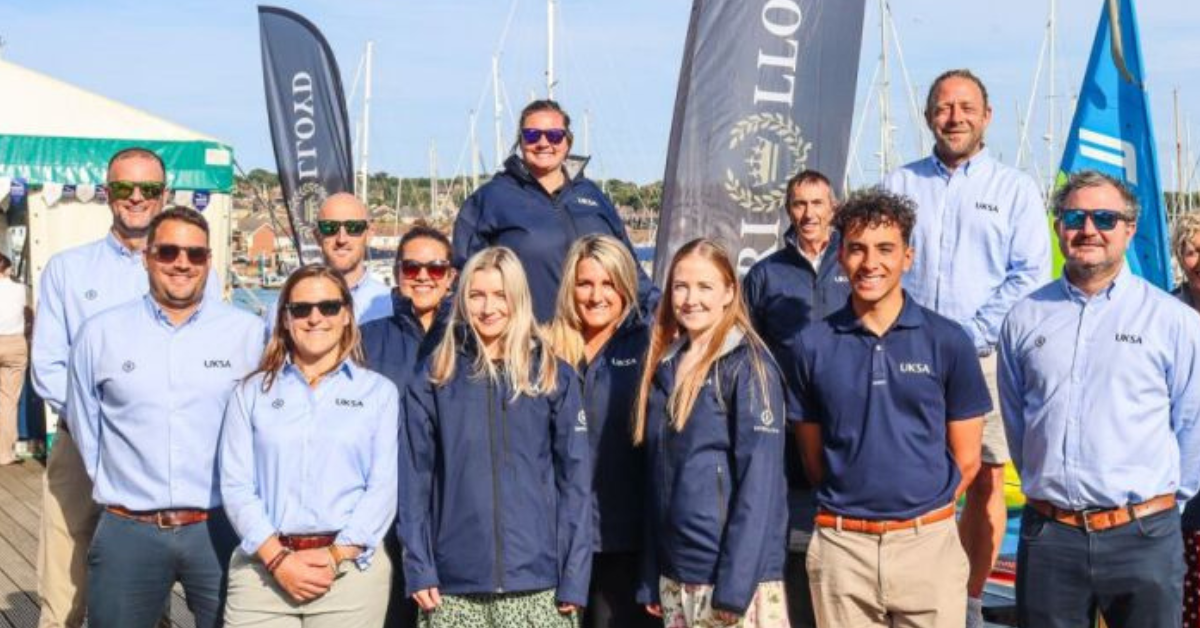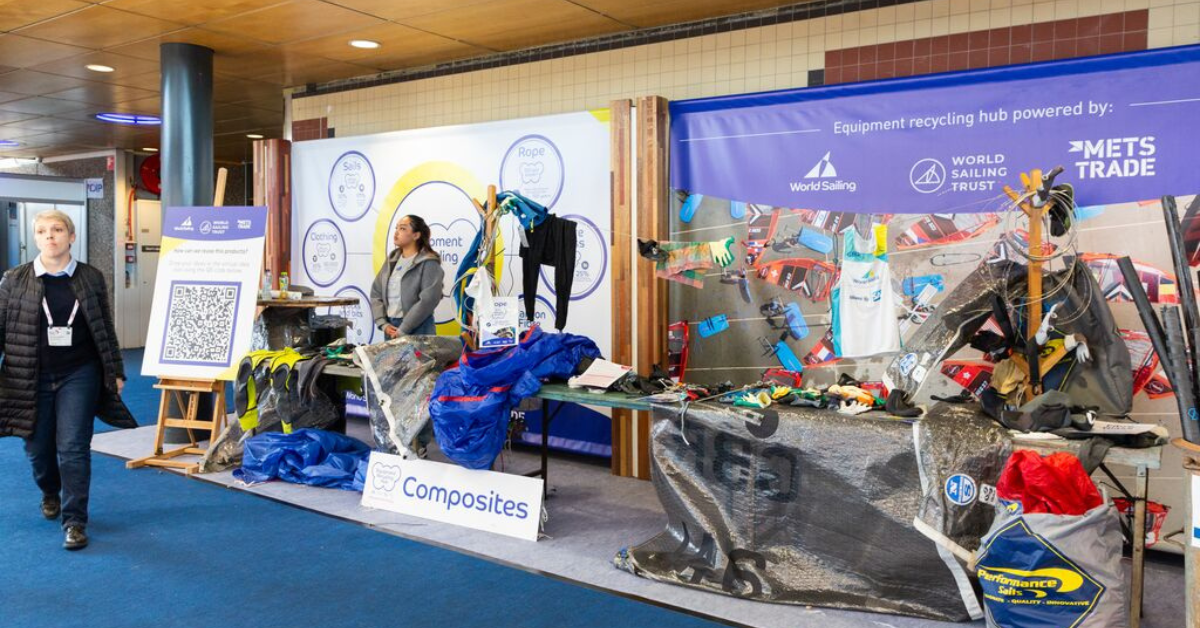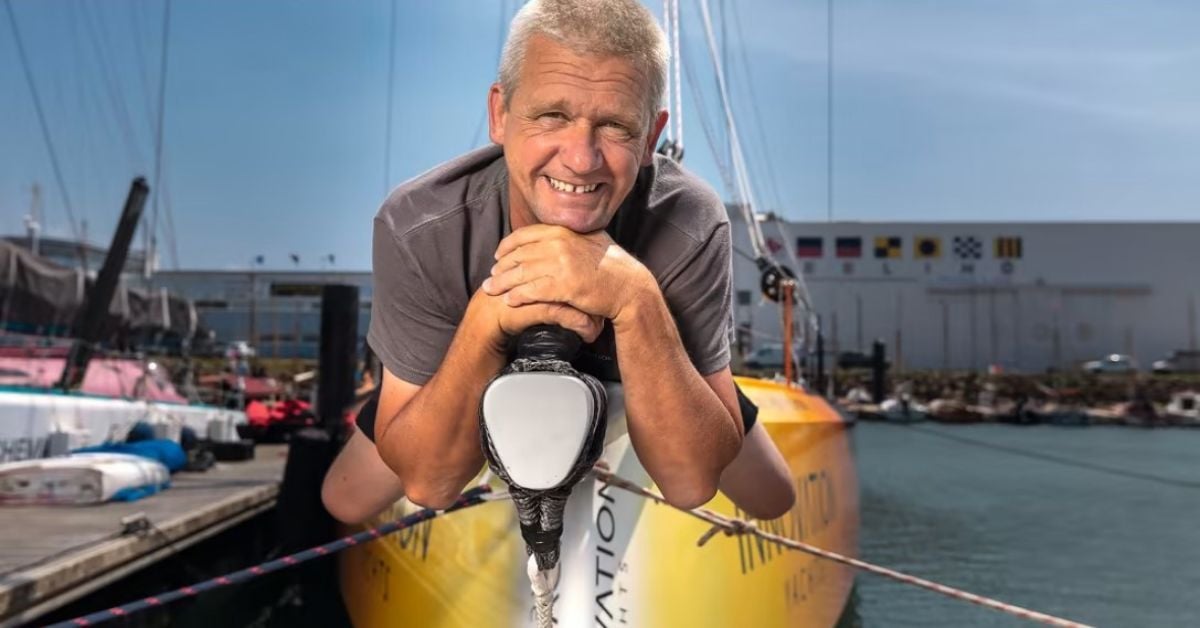The energy transition, driving marine innovation
In my last blog I gave a brief overview of the implications behind the European Green Deal, and its recently launched ‘fit for 55’ initiative, aimed at achieving net zero emissions across the EU by the year 2050.
I mentioned that the ‘energy transition focus points’ identified in the plan will be instrumental in driving more innovative developments in recreational boating. Taken together with the global focus of the UN Sustainable Development Goals, we already see that product design across all industries, including ours, is clearly focusing on a future without non-renewable energy in the equation. This not only makes sense for the environment and the survival of the planet, but also for business economics, as corporate investors are also switching their portfolios away from fossil fuel dependent trades.
When you spend a lot of time researching content as I do, not only do you receive plenty of press releases, but the Google or social media algorithms quickly home-in on your area of interest, and push information your way. These last few months I have seen more innovative energy related ideas, concepts and products than ever before, which I’m sure is an indicator that the pace of change is happening even faster than some of us dared to imagine.
The hydrogen energy race - Is it becoming a revolution?
At METSTRADE 2019, we sparked a discussion about whether hydrogen energy would become a realistic proposition for recreational boats any time soon. There were understandably some different opinions at that time, but a consensus was reached that it would probably happen within 5 to 10 years.
During METSTRADE Connect 2020, Laurent Perignon one of our panel speakers from the Energy Observer project, presented the first production model hydrogen/ electric powered tender, the 12 metre Hynova 40 yacht.
Now almost a year later, hardly a day goes by without some breaking news of hydrogen developments somewhere in the world, and it seems that the challenge of meeting net zero emission targets will be inexorably linked to how successfully hydrogen plays its part in the future renewable energy mix.
This is neatly summed up in a statement I read last month from RECHARGE, an energy transition news and intelligence publication:
‘Four years ago, when we began writing about clean hydrogen, it was little more than a fringe idea being discussed by forward thinkers rather than policy makers.’
‘But today, after a series of recent announcements we learn that countries accounting for more than a third of the world’s population (2.7 billion people) now have hydrogen strategies in place, thus putting the gas firmly at the heart of the global race to reach net-zero emissions.’
Hydrogen powered yachts, becoming a reality
The Energy Observer (EODev) project is basically a floating experimental renewable energy laboratory which has been circumnavigating the world. Based on this practical experience the EODev team have been advocating a smart combination of renewable energies such as solar combined with batteries. They claim that this works most efficiently in combination with hydrogen fuel cells. The hydrogen is produced by electrolysing sea water using the solar produced clean energy and stored onboard in special high-pressure tanks.
Already it seems that some other leisure craft producers are following the same hydrogen / electric combination concept, with some innovative models coming to market and being promoted as zero emission, long range luxury cruising yachts.
One example is the Aquon One, a Swiss designed and engineered 19.5 metre (68ft) motorised catamaran, which resulted from the work of a collaborative development team of multi-disciplined specialists.
Her rooftop is completely covered with 64m2 of monocrystalline photovoltaic panels which convert sunlight to electricity, producing up to 75 kWh/day. This clean energy is used to charge her lithium-Ion batteries, and in electrolysis to separate desalinated sea water into oxygen (O) and hydrogen (H2) gas. The H2 is compressed to 300 bar (4,500 psi) and stored in onboard tanks.
With a displacement of 30 tons, the vessel is driven by 2 x 100 kW electric motors, one on each hull. These can be powered from the batteries, or from electricity produced through a hydrogen driven fuel cell. With a top speed of 16 knots, the builders claim that she can cruise at 8 knots with an unlimited range, providing there is enough sunlight.
Another relatively new range of zero emission boats comes from Alva Yachts, a German brand offering a choice of sustainable catamarans, sailing yachts and luxury houseboats. Their Ocean Eco 60 (18.4 m) and Ocean Eco 90 (27.5 m) models have been designed and built specifically for electric propulsion with a sunroof structure that maximises the available space for solar panels. These can generate up to 40 kW per day of power from the sun on the larger model.
The full electric version of the Ocean Eco 90 comes with up to 2 x 500 kW gearless electric drives and 2 x 100 kVA DC generators. She has a potentially unlimited range at 4 to 5 knots, and up to 110 NM at 7 knots. There is also an optional hydrogen fuel cell with hydrogen storage tanks as a range extender, and even a kite for harnessing the wind. So, every possible renewable energy option for the owner who wants to cruise as far as possible with zero emissions.
America’s Cup chase boats planning to switch to hydrogen
Just recently it was announced that Emirates Team New Zealand, the defender going into the 37th America’s Cup, are developing a foiling hydrogen powered chase boat which they would like to have ready for the next AC series.
The details released so far, show a sleek design featuring electric motors on the bottom of the foils with batteries, hydrogen fuel cells and cylindrical storage tanks all built into a streamlined composite hull. The renderings have the Toyota name on the side of the boat, which seems to suggest that the fuel cell technology could possibly be based on the car manufacturer’s proven Mirai road vehicle concept.
Apparently Sir Ben Ainslie the skipper of INEOS Team UK was supportive of the idea to make all the America’s Cup chase boats hydrogen powered in future as he said: “With so much investment in hydrogen across the world, shifting to foiling chase boats, powered by hydrogen could well prove to be a sustainable and practical solution for the future of the marine industry, while supporting the AC75’s which are reaching speeds in excess of 50 knots.”
Engine manufacturers upping their sustainability game.
At the Cannes Boat Show just recently, an agreement was signed between Italian superyacht builder Ferretti and MTU (part of Rolls Royce Power Systems) to jointly develop a low emission custom engineered hybrid propulsion system for future new builds.
A fully integrated MTU propulsion solution will be provided with an output of approximately 1,432 kilowatts per powertrain, comprising two 12-cylinder Series 2000 M97 diesel engines, electric drive modules, gearboxes, batteries, control and monitoring systems, plus other electronic components and a Selective Catalytic Reduction system (SCR) for compliance with IMO III regulations.
Andreas Schell, CEO of Rolls Royce Power Systems said; “Customers in the yacht industry are increasingly asking for sustainable solutions and we are vehemently supporting this course with our sustainability programme, NetZero at Power Systems.”
olls-Royce will also certify its 2000 and 4000 engine series for fuels such as e-diesel and second-generation biofuels from 2023, enabling climate-neutral cruising. In addition to enabling the use of sustainable fuels, the company is building on new technologies such as CO2-free fuel cell systems.
At the same time MAN, another major player in marine powertrains was announcing its ‘Smart Hybrid Experience’ concept at the Cannes Show. This is not exactly a new venture for them having already successfully engineered a similar solution for commercial vehicles such as trucks and buses.
The customisable modular marine options are built around two powertrain models available for yachts: an inline 6 cylinder, or a V12, offering a power delivery range of 290 to 1,471 kilowatts (394 – 2,000 hp) and a rated speed from 1,800 to 2,300 rpm.
The internal combustion engines are Stage V compliant and can be coupled with electric motors with a rated power of 184 and 368 kilowatts. The E-motor can be fully separated from the diesel engine by an electromagnetic clutch, and it can be used as a drive motor and as a generator in order to produce electricity. The batteries in the system can be charged from either shore connection, onboard generation, main engines or solar cells, and can have an energy capacity of up to 250 kWh.
So, as always there will be plenty to see and discuss around this subject at METSTRADE 2021, including a panel discussion on the subject of ‘Sustainable Marine Powertrains and Alternative Fuels’ to be held in the afternoon of Wednesday 17th November at the TV studio onsite.
Share your stories on leisure marine industry with us
Do you have an innovation, research results or an other interesting topic you would like to share with the leisure marine equipment industry? The METSTRADE website and social media channels are a great platform to showcase your stories! Let us know via metstrade@rai.nl
Are you a METSTRADE exhibitor?
Make sure you add your latest press releases to your Company Profile in the Exhibitor Portal for free exposure.


